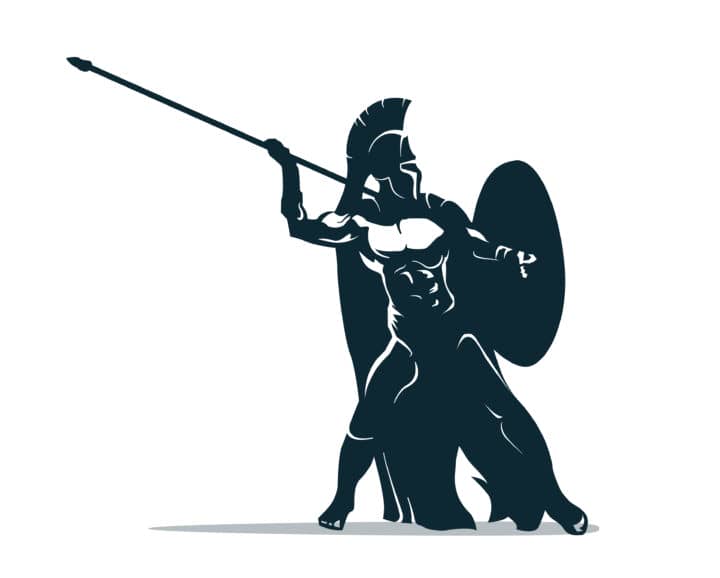 One thing that the city-state of Sparta is known for is its formidable military. Over time, it developed itself into one of the strongest and most powerful of all the city-states. Athens was the other strong city-state and the two had vastly different ideologies. They quickly become rivals and both city-states developed alliances with other parts of Ancient. Sparta’s alliance was known as the Peloponnesian league. Here’s more information:
One thing that the city-state of Sparta is known for is its formidable military. Over time, it developed itself into one of the strongest and most powerful of all the city-states. Athens was the other strong city-state and the two had vastly different ideologies. They quickly become rivals and both city-states developed alliances with other parts of Ancient. Sparta’s alliance was known as the Peloponnesian league. Here’s more information:
Early Days Of The League
Sparta had began growing in power greatly by the late 7th Century BC. They had gained control over and occupied many of the most powerful cities in the Peloponnese, including Argos, the most powerfulcity-state in the region, after Sparta.
Sparta had been steadily creating a large and dominating alliance, by befriending Corinth and Elis through strong gestures. Sparta had assisted Corinth in remaining a free society, by ousting their tyrant, and Sparta had also aided Elis by helping them acquire control of the Olympic Games.
Sparta had gone on to steadily gain alliances with Tegea and every other state in the Peloponnese, except for Achaea and Argos once the league was officially formed.
Forming the League
By the 6th Century BC, Sparta had officially formed and controlled the Peloponnesian League. This incredible military powerhouse was run by a council formed by the states within the alliance. Every state within the League, no matter how big or small, was given the same voice and one equal vote in the council.
The structure of the League, however, made it so that any state entering the alliance only technically had an alliance with Sparta. Those within the League who wanted to become allies had to do so in a format seperate from the Peloponnesian League. The main purpose of the league was a way to provide defense to the memebers. In wartime, Sparta would call a council for the League, and determine, along with the other members, which military forces from each state will be sent to aid the state in current danger.
In modern terms, the strucutre could best be defined as an Oligarchy, meaning a small group of people, acting as representatives, work to make the big decisions, as opposed to one individual, or a full democracy. This allowed important defensive militaristic options to be determined quickly.
Expansion And Fall Of The League
The Peloponnesian League continued to grow stronger and even act in conflicts outside of the penninsula. At one point, they became a key-player in the larger Hellenic League, which was controlled by the Pausanians and also included Athens, another powerful city-state in Ancient Greece.
This absorbtion into the Hellenic League was short lived. Sparta left and decided to reform the original Peloponnesian League with all of its orginal members as well. Conflicts with Athens soon came to light once again, and Sparta, with aid from the Peloponnesian League, defeated Athens in 404 BC, along with their allies from the Hellenic League.
The Peloponnesian League wouldn’t go on to last much longer. Sparta suffered tremendous losses in the 4th century BC. Some of their most powerful allies, Elis and the Arcadians, had opted to leave the League as a result of these damages and loss of confidence in the League’s effectiveness.
The Peloponnesian League had slowly continued to spiral downhill, until 338 BC, when Philip II of Macedon had decided to just disband the League entirely. Despite making a strong impact over the course of hundreds of years, the Peloponnesian League had finally come to an end. Sparta continued to play an important role in future military campaigns for several hundreds of years after the League ended.

